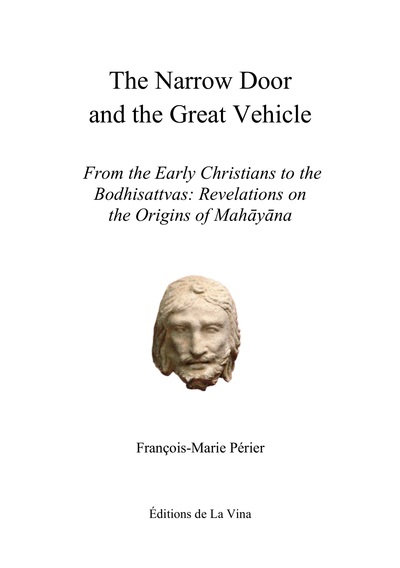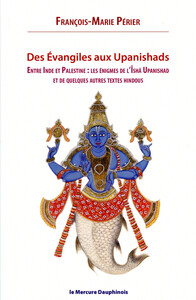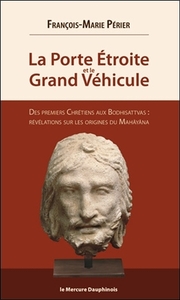Nous utilisons des cookies pour améliorer votre expérience. Pour nous conformer à la nouvelle directive sur la vie privée, nous devons demander votre consentement à l’utilisation de ces cookies. En savoir plus.
The Narrow Door and the Great Vehicle
EAN : 9782958388195
Édition papier
EAN : 9782958388195
Paru le : 20 sept. 2024
24,00 €
22,75 €
Disponible
Pour connaître votre prix et commander, identifiez-vous
Notre engagement qualité
-
 Livraison gratuite
Livraison gratuite
en France sans minimum
de commande -
 Manquants maintenus
Manquants maintenus
en commande
automatiquement -
 Un interlocuteur
Un interlocuteur
unique pour toutes
vos commandes -
 Toutes les licences
Toutes les licences
numériques du marché
au tarif éditeur -
 Assistance téléphonique
Assistance téléphonique
personalisée sur le
numérique -
 Service client
Service client
Du Lundi au vendredi
de 9h à 18h
- EAN13 : 9782958388195
- Réf. éditeur : 365554
- Date Parution : 20 sept. 2024
- Disponibilite : Disponible
- Barème de remise : NS
- Nombre de pages : 440
- Format : H:220 mm L:155 mm E:24 mm
- Poids : 620gr
- Résumé : An independent research opens a revolutionary perspective in the history of religions and sheds new light on the still unexplained emergence of the buddhist Great Vehicle in the 1st century CE, demonstrating the influence of the early Christians, in the strongly hellenized area of the Kushan Empire (China, Afghanistan, Pakistan, Kashmir, Northern India), heir of Alexander's conquests on the Silk Road, where Greek and Aramaïc were the two main languages currently spoken and written. Two millenia ago, the simultaneous spread of Christianity in the West and the Middle East, and Mahayana Buddhism in the East redrew the World map, but could it be only coincidence? Why did new sutras emphasizing compassion, devotion, voidness, sacrifice and universal salvation emerge in the first decades of our era in the Buddhism of the Origins? Why did, at the same time as Greek-Buddhist art, a 'Western triad' of buddhas appear in Gandhara, composed by a buddha of infinite light, Amitabha, a white bodhisattva of compassion, Avalokiteshvara, the Tibetan Chenrezig, emanated out of Infinite Compassion by the later, and a third one, bringer of power and inspiration, Mahasthamaprapta? Did Zoroastrism and Mithraism played a role in this spiritual revolution and why are some Gnostic texts of Nag-Hammadi so close to the Mahayanist cosmogonies, notions and terms? Furthermore, the sudden and abundant literature and iconography of the Great Vehicle, saw in the same years the appearance of a messianic buddha, Maitreya, of a feminine and salvific figure, embodiment of Wisdom, the Prajnaparamita, that would become Târâ, and of the Western Paradise of the Pure Land, making them very close. In this new turning of the wheel of Dharma, the bodhisattva renouncing Nirvana and sacrifying himelf to free the whole of Humanity kind became the ultimate value. Here are some of the interrogations, among many others, raised by this research and answered in a way never done before.
- Biographie : François-Marie Périer, born in Marseille in 1969, has published some twenty works. A writer, photographer, teacher and former journalist, he specialises in the history of religions, myths and civilisations. He has taught Indian civilisation and led numerous trips to India and the Middle East. He also had an insider's view of the world's great religions and spiritualities. Through a historical, iconographic and theological journey at the dawns of Christianity and the Great Vehicle, as well as an accurate exploration of their fouding texts and their evolutions, the author puts the reader infront of this question: could the encounter of Buddhism and Christianity in the 20th century be the reunion of two faiths and wisdoms of a same family that had lost for centuries the memory of their common origins?





